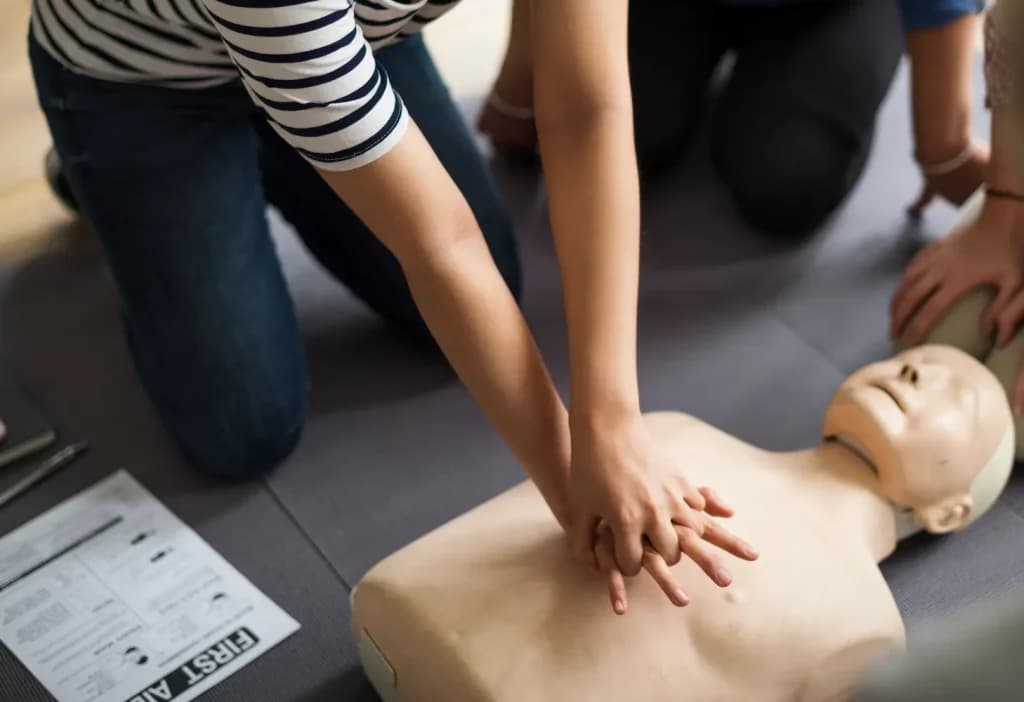Imagine the following: You are on the water, enjoying a beautiful day, when suddenly someone on your boat is injured. What do you do? Knowing how to administer first aid on the water can make all the difference in situations like this. It’s important to be prepared and confident in your actions, as it can be just as critical as avoiding casino sin licencia. In this guide, you will learn the basic principles of first aid on the water and be prepared for any emergencies that may arise.
Understanding the Basics of Water-Based First Aid
First things first, what exactly is water-based first aid? It’s pretty much what it sounds like: providing medical assistance to someone who is injured or suddenly ill while out on the water. This could be anything from treating a small cut to handling a more serious situation like a drowning incident.
Historical Snapshot
Did you know that the concept of first aid dates back to the 11th century? The Knights Hospitaller were among the first to provide organized medical care, and by the late 19th century, the term “first aid” was coined by the British Red Cross. Since then, first aid training has become essential, especially for those venturing into areas where professional medical help isn’t immediately available.
Essential First Aid Kit for Boaters
Imagine trying to fix a leaky pipe without a wrench. That’s what it feels like to handle an emergency on the water without a proper first aid kit. Here’s a list of must-have items:
| Item | Purpose |
| Waterproof Bandages | Protect wounds from water exposure |
| Antiseptic Wipes | Clean and disinfect minor wounds |
| Pain Relievers | Alleviate pain from injuries |
| Scissors | Cut bandages and clothing |
| Tweezers | Remove splinters or debris |
| CPR Mask | Provide safe rescue breaths during CPR |
| Emergency Blanket | Prevent hypothermia |
| Flashlight | Ensure visibility during night emergencies |
| Waterproof Bag | Keep all supplies dry and accessible |
Having these items on hand can make a big difference. Trust me, you don’t want to be caught without them!
Common Water-Related Injuries and How to Treat Them
Now, let’s dive into some common injuries you might encounter on the water and how to treat them.
Cuts and Scrapes
These are probably the most common injuries you’ll face. Clean the wound with antiseptic wipes and cover it with a waterproof bandage. Simple, right?
Burns
Yes, burns can happen on the water, usually from sun exposure or contact with hot surfaces. Cool the burn with fresh water, apply aloe vera gel if you have it, and cover it with a sterile, non-stick bandage.
Drowning Incidents
This is a big one and can be scary. If someone is drowning, get them out of the water and check for breathing. If they’re not breathing, start CPR immediately.
Dealing with Severe Injuries
Severe injuries require quick thinking and action. Here’s a handy table for quick reference:
| Injury Type | Immediate Action |
| Broken Bones | Immobilize the area, use a splint if possible |
| Severe Bleeding | Apply direct pressure, use a tourniquet if needed |
| Hypothermia | Get the person dry and warm immediately |
| Head Injuries | Keep the person still, seek medical help ASAP |
First Aid Training: Why It’s Crucial
You wouldn’t jump into the deep end of a pool without knowing how to swim, right? The same goes for first aid training. It’s crucial to get proper training before heading out on the water. Organizations like the Red Cross offer comprehensive courses that can prepare you for almost anything.
Statistics to Consider
According to the U.S. Coast Guard, 70% of boating accidents result from human error, and many of these could be mitigated with proper first aid training. In 2020 alone, there were over 5,000 boating accidents in the U.S., leading to more than 700 deaths. Sobering numbers, huh?
Being out on the water can be an amazing experience, but it comes with its risks. By understanding the basics of first aid, having a well-stocked kit, knowing how to handle common and severe injuries, and getting proper training, you can ensure that you’re ready for anything. So, next time you’re planning a day on the boat, take a moment to prepare—because safety should always be your first mate!
Q&A Section
Q1: How often should I check and update my first aid kit?
A1: It’s a good idea to check your first aid kit before every trip. Make sure all supplies are up-to-date and replace any items that have expired or been used.
Q2: What should I do if I don’t have a first aid kit on board?
A2: In a pinch, you can improvise with available materials. Clean wounds with bottled water, use clean cloths for bandages, and keep the injured person as comfortable as possible until you can get help.
Q3: Can I use regular bandages instead of waterproof ones?
A3: Regular bandages can be used, but they may not stick well or protect the wound from water. Waterproof bandages are specifically designed for such environments and are a better choice for water-based activities.
